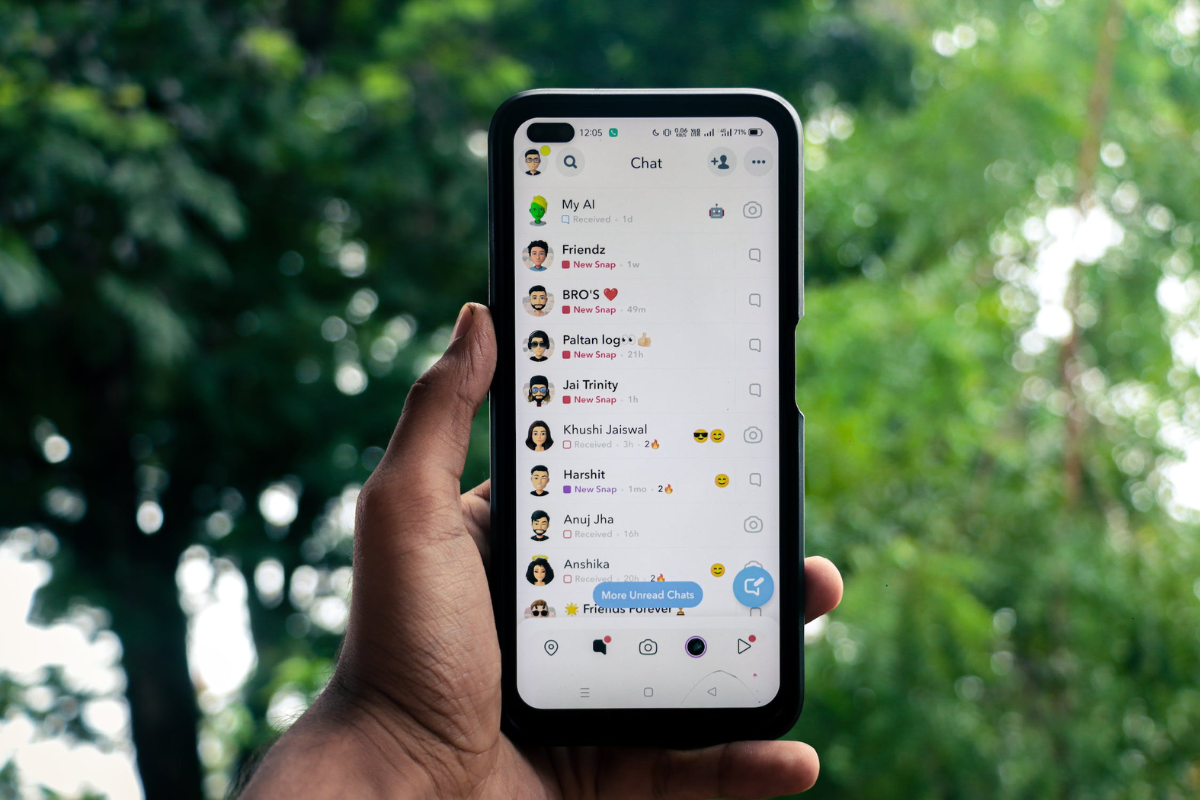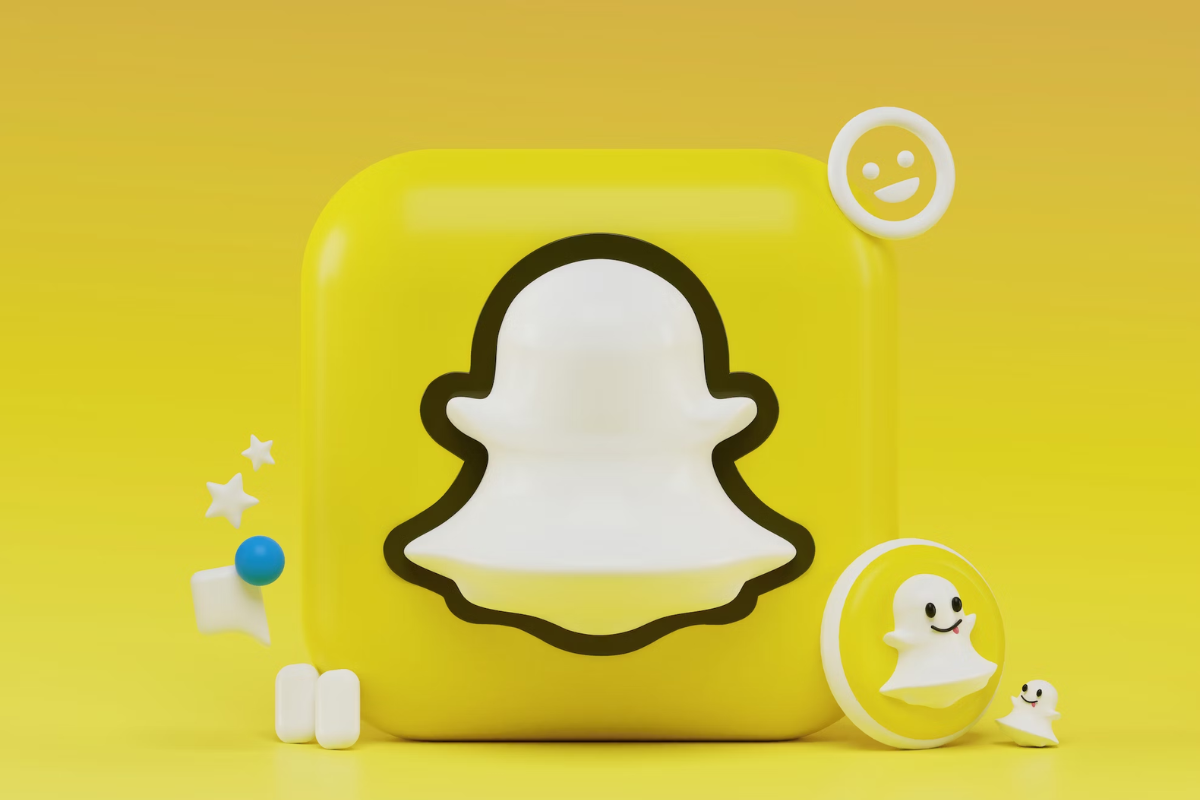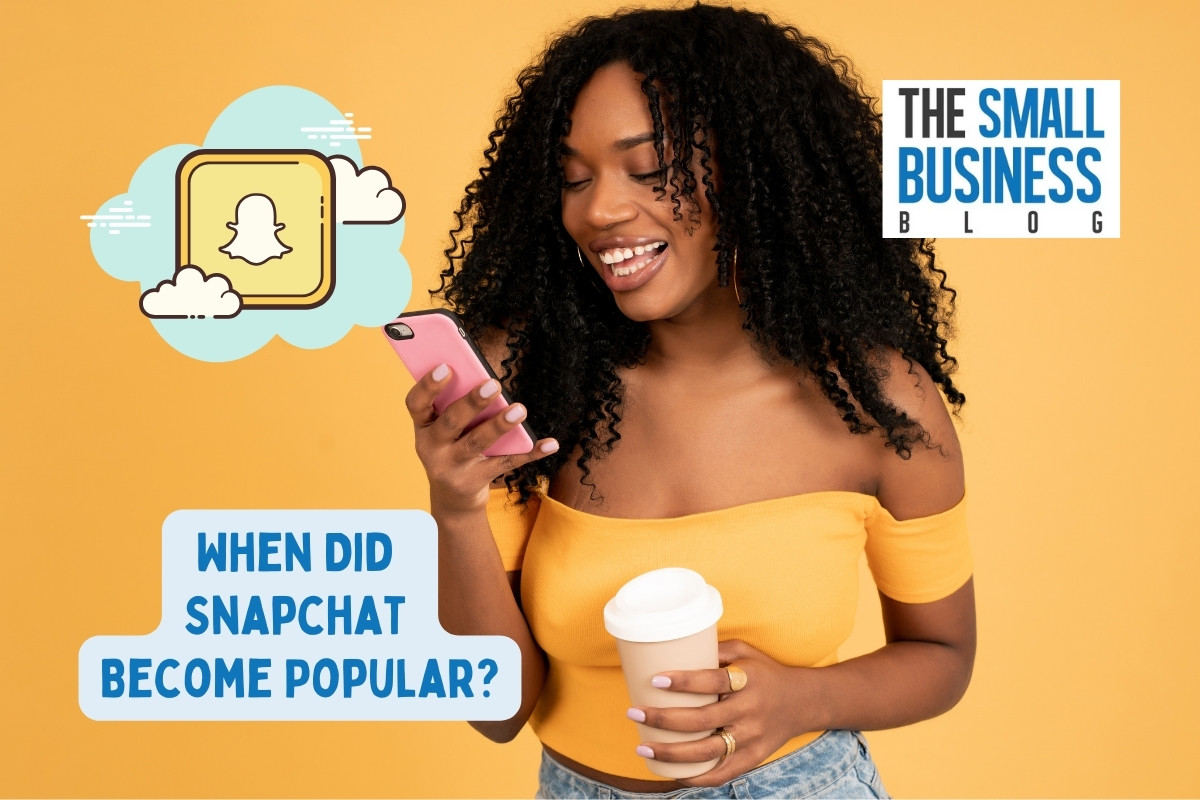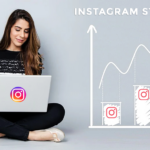Are you curious about when did Snapchat become popular?
Well, you’re not alone.
Since its launch in 2011, Snapchat has become one of the most popular social media platforms in the world.
The app allows users to share photos and videos that disappear after a short period, making it a unique and engaging experience.
But when did Snapchat become the phenomenon that it is today?
Snapchat was founded in 2011 by Evan Spiegel, Bobby Murphy, and Reggie Brown, all students at Stanford University.
Initially, the app was called Picaboo and was only available on iOS devices.
However, after rebranding as Snapchat, the app quickly gained popularity, especially among young people.
By 2013, Snapchat had over 100 million active users, and it continued to grow rapidly from there.
Today, Snapchat is a part of Snap Inc., a publicly-traded company that includes other products like Spectacles and Bitmoji.
With features like filters, lenses, and stories, Snapchat has become a staple of modern social media culture.
Whether you’re a long-time user or just curious about the app’s history, understanding when Snapchat became popular is an essential part of its story.
Post Contents
Snapchat’s Early Days

When Snapchat was first launched in 2011, it was called Picaboo.
The founders, Evan Spiegel and Bobby Murphy, met while they were studying at Stanford University.
They had the idea to create an app that would allow users to send photos that would disappear after a certain amount of time.
The initial version of Picaboo was launched in the iOS App Store in July of that year, but it didn’t receive much attention.
Despite the lack of attention, Spiegel and Murphy continued to develop the app.
They received their first round of funding, a $485,000 seed investment from Lightspeed Ventures, in May 2012.
With this investment, they were able to hire more employees and continue to improve the app.
In October 2012, Snapchat launched an Android app, which helped to increase its user base.
By the end of 2012, Snapchat had 100,000 daily active users.
Snapchat’s early success was due in part to its unique features.
The app allowed users to send photos and videos that would disappear after a certain amount of time, which made it popular among younger users who were looking for a more private way to communicate.
The app also had a playful design, with a ghost logo and filters that allowed users to add fun effects to their photos.
In February 2013, Snapchat raised $13.5 million in a Series A funding round led by Benchmark.
This investment helped to further expand the company’s reach and improve the app’s features.
Over the next few years, Snapchat continued to grow in popularity, with millions of users around the world.
When Did Snapchat Become Popular?
Snapchat has come a long way since its launch in 2011.
The app was initially considered a niche platform, but it has since grown into one of the most popular social media platforms in the world.
In this section, we will explore the factors that contributed to Snapchat’s rise in popularity.
Teenagers and Millennials
Snapchat’s initial user base consisted primarily of teenagers and millennials.
The app’s unique features, such as disappearing messages and 10-second videos, appealed to this demographic.
The app’s user base has since expanded to include users of all ages, but teenagers and millennials remain the platform’s core users.
Ephemeral Messaging
Snapchat’s ephemeral messaging feature was a game-changer.
The ability to send disappearing messages and photos was not available on any other platform at the time.
This feature allowed users to communicate more freely and without the fear of their messages being permanently stored.
Snapchat Stories
Snapchat Stories was another innovative feature that contributed to the app’s popularity.
The feature allowed users to share photos and videos that would disappear after 24 hours.
This feature was popularized by celebrities and influencers, who used it to share snippets of their daily lives.
Snapchat Stories has since become a staple feature on the platform.
Snapchat’s Features

Snapchat is known for its unique features that allow users to express themselves in fun and creative ways.
Here are some of the popular features that make Snapchat stand out from other social media platforms.
Augmented Reality
One of Snapchat’s most popular features is augmented reality (AR) lenses.
These lenses use facial recognition technology to add fun and interactive animations to your selfies.
You can transform yourself into a cute animal, add funky glasses or hats, or even change your gender.
AR lenses are constantly updated with new designs, making it a fun way to keep up with the latest trends.
Memories
Snapchat’s Memories feature allows you to save your snaps and stories to a private storage area within the app.
You can access your saved memories anytime and even create new stories using your saved snaps.
Memories also allows you to upload photos and videos from your camera roll, making it easy to share old memories with your friends.
Stickers
Snapchat’s sticker feature allows you to add fun and expressive stickers to your snaps.
You can choose from a variety of stickers, including emojis, Bitmojis, and custom-made stickers.
You can even create your own personalized stickers using your Bitmoji avatar.
Competition
Snapchat faced stiff competition from other social media platforms when it was first launched in 2011.
As the app gained popularity, other social media giants such as Instagram, Facebook, Twitter, and TikTok tried to replicate its unique features to attract Snapchat’s user base.
In 2016, Facebook-owned Instagram launched its own version of Snapchat’s popular Stories feature.
Instagram Stories quickly gained popularity, and by 2018, it had surpassed Snapchat’s daily active user count.
Instagram also introduced filters, stickers, and other features similar to Snapchat’s, making it a strong competitor.
Facebook, the parent company of Instagram, also tried to compete with Snapchat by introducing its own version of Stories in 2017.
Facebook’s Stories feature is available on both Facebook and Instagram, making it accessible to a wider audience.
Facebook also acquired the popular messaging app WhatsApp, which competes with Snapchat’s messaging feature.
Twitter tried to compete with Snapchat by launching its own version of Stories called Fleets in 2020.
However, Fleets failed to gain popularity and was discontinued in August 2021.
TikTok
TikTok, a popular video-sharing app, also poses a threat to Snapchat’s dominance.
TikTok’s user base is rapidly growing, and its short-form video content is popular among younger audiences.
TikTok also offers filters, stickers, and other features similar to Snapchat’s, making it a strong competitor in the social media market.
Despite facing competition from these social media platforms, Snapchat has managed to maintain its user base and continue to innovate.
Snapchat has also expanded its offerings by introducing new features such as Snap Map, Bitmoji, and Spotlight, which allows users to create and share short-form videos.
Monetization and Financials

Snapchat has been a popular social media platform since its launch in 2011.
Over the years, the company has developed various monetization strategies to generate revenue and sustain its growth.
In this section, we’ll take a closer look at how Snapchat makes money and its financials.
Advertising
Snapchat’s primary revenue stream is advertising.
The company offers various ad formats, including Snap Ads, Sponsored Lenses, and Sponsored Geofilters, to help brands reach their target audience.
Snapchat’s advertising revenue has been steadily increasing over the years, with the company generating $2.5 billion in ad revenue in 2020.
Initial Public Offering (IPO)
Snapchat went public in March 2017, with an initial public offering (IPO) that raised $3.4 billion.
The company’s share price opened at $24 per share and closed at $24.48 on its first day of trading.
Since then, Snapchat’s share price has fluctuated, with the company’s market cap reaching as high as $31 billion in 2021.
Financials
Snapchat’s financials have been improving over the years, with the company reporting a net income of $131 million in 2020.
The company’s revenue has also been steadily increasing, with Snapchat generating $2.5 billion in revenue in 2020, up from $1.7 billion in 2019.
Snapchat’s financial success can be attributed to its ability to attract ad dollars from brands and its focus on user engagement.
The company has also been investing in new features and technologies to keep users engaged and increase its revenue streams.
Controversies and Challenges
Security Issues
Snapchat has had its fair share of security issues since its inception. In 2013, a security flaw was discovered that allowed hackers to access user account information, including usernames and phone numbers.
This vulnerability was exploited by hackers, and millions of users’ information was leaked online.
Snapchat later apologized for the incident and implemented additional security measures to prevent future breaches.
In 2014, the Wall Street Journal reported that Snapchat had turned down a $3 billion acquisition offer from Facebook.
This decision was met with criticism from some investors who believed that Snapchat was overvaluing itself.
However, Snapchat’s founders argued that the app had significant potential for growth and that they were not interested in selling the company.
Market Struggles
Despite its popularity, Snapchat has faced challenges in the market. In 2018, the app’s usage and user growth began to decline, leading to a drop in stock prices.
This decline was attributed to the app’s redesign, which was met with backlash from users who found it confusing and difficult to use.
In response, Snapchat made changes to the design, but it was too late to prevent the decline in usage.
Another challenge that Snapchat has faced is competition from other social media platforms.
Instagram, in particular, has been successful in replicating many of Snapchat’s features, such as disappearing photos and stories.
This has led to some users switching to Instagram instead of using Snapchat.
Snapchat’s Global Presence

Snapchat has become a popular social media app worldwide, with a significant user base in countries like India and Saudi Arabia.
Let’s take a closer look at Snapchat’s presence in these regions.
India
India is one of the largest markets for Snapchat, with over 60 million users.
The app’s popularity in India can be attributed to its unique features, such as filters that cater to Indian festivals and events.
Additionally, Snapchat has partnered with several Indian media companies and broadcasting networks to create exclusive content for Indian users.
Saudi Arabia
Snapchat is also widely used in Saudi Arabia, with over 13 million users.
The app’s popularity in the country can be attributed to its interactive features, such as AR filters that allow users to try on traditional Saudi Arabian clothing.
Snapchat has also partnered with several Saudi Arabian resources to create exclusive content for users in the country.
Key Takeaways
Snapchat is a social media platform that has been around since 2011.
It was founded by Evan Spiegel, Reggie Brown, and Bobby Murphy, all students at Stanford University.
The original feature of Snapchat is the ability to send snaps, which are photos or short videos that disappear after being viewed.
Since its inception, Snapchat has become a popular social media app. In 2013, it received Series A financing, which helped to fuel its growth.
By 2014, it had over 100 million daily active users, and it continued to grow from there.
One of the reasons for Snapchat’s popularity is its unique features.
In addition to sending snaps, users can also add filters and lenses to their photos and videos, which can make them more fun and engaging.
Snapchat also has a “Stories” feature, which allows users to share a series of photos and videos that disappear after 24 hours.
Another reason for Snapchat’s popularity is its appeal to younger generations.
According to a 2021 survey, 61% of Snapchat users are between the ages of 18 and 29.
This demographic is known for being early adopters of new technology and social media platforms, which may have contributed to Snapchat’s rapid growth.
Overall, Snapchat became popular relatively quickly after its launch in 2011.
Its unique features and appeal to younger generations have helped it to maintain its popularity over the years.






























